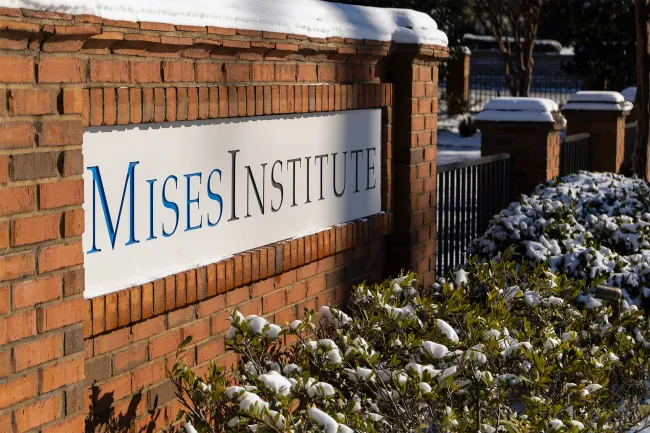Where Did Money Come From?
When all you can do is exchange one good for another, life will be inconvenient when nobody has what you really want. Enter money. You exchange your good for money. That money can now be exchanged for what you desired. These indirect exchanges satisfy everyone. That's the power of money.





